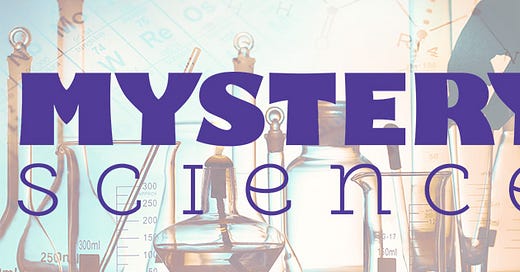In July 2014 on TOS Blog, I interviewed Keith Schacht, a cofounder of Mystery Science, then a brand-new startup in the field of science education. Here I chat with the company’s other cofounder, Doug Peltz, to gain some further perspective on their mission, their approach to education, and their progress to date. —Daniel Wahl
Daniel Wahl: Hi, Doug. I’m g…
Keep reading with a 7-day free trial
Subscribe to The Objective Standard to keep reading this post and get 7 days of free access to the full post archives.




